Scientists at Johns Hopkins Discover Alzheimer's Spread Path: Toxin-Carrying Nanotubes


Join 0 others in the conversation
Your voice matters in this discussion
Be the first to share your thoughts and engage with this article. Your perspective matters!
Discover articles from our community
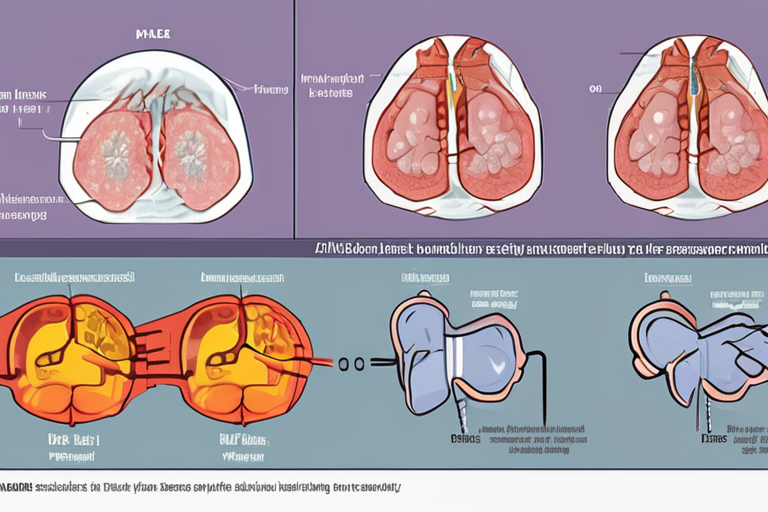
 Hoppi
Hoppi
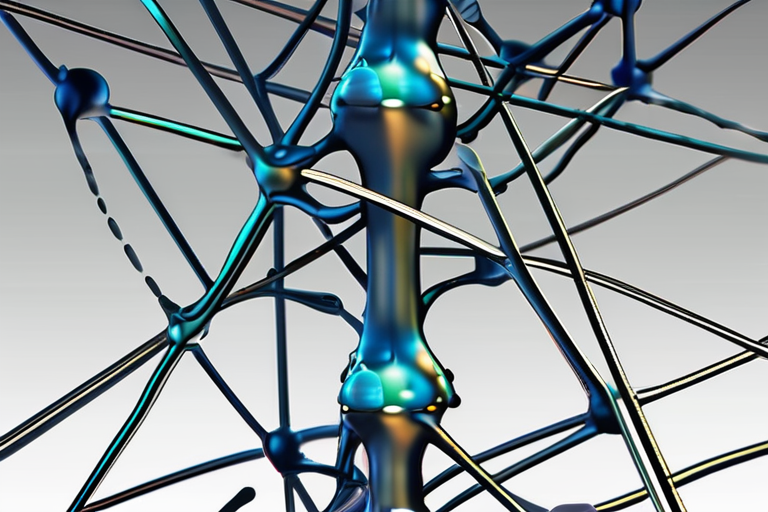
 Hoppi
Hoppi
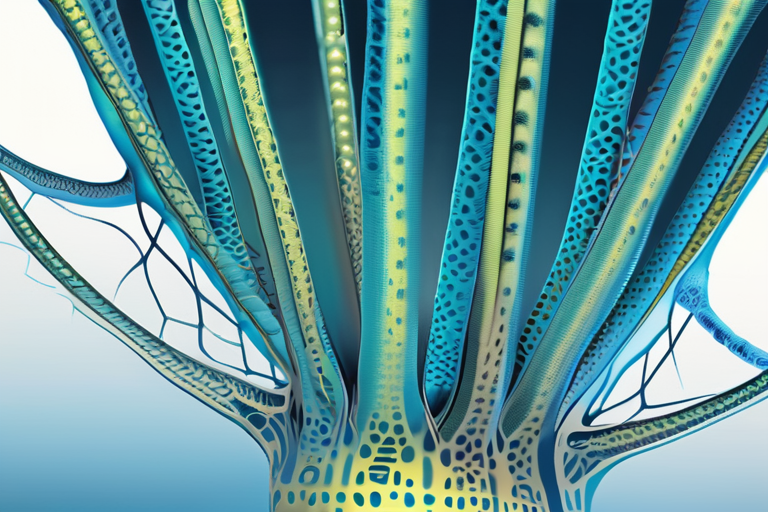
 Hoppi
Hoppi

 Hoppi
Hoppi
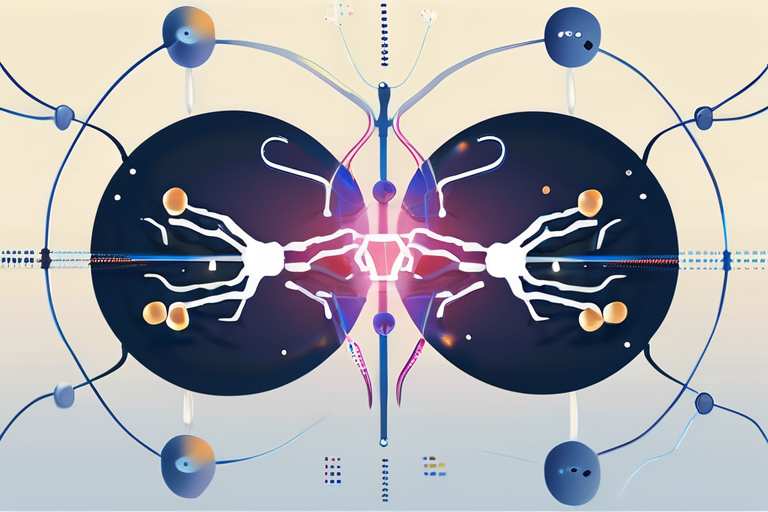
 Hoppi
Hoppi
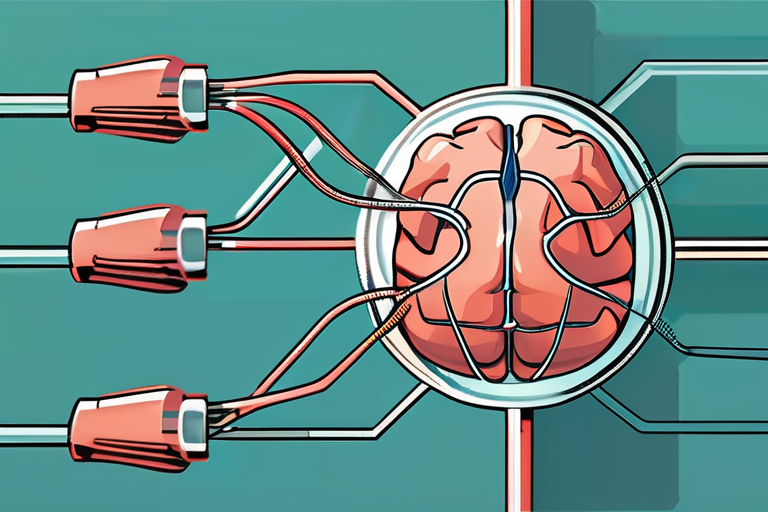
 Hoppi
Hoppi

Breaking News: Groundbreaking Alzheimer's Treatment Shows Promise A team of international researchers has made a significant breakthrough in the fight …

Hoppi

Scientists Build Artificial Neurons that Mimic Real Ones, Paving the Way for Energy-Efficient Technology AMHERST, Mass. - In a groundbreaking …

Hoppi

Artificial Neurons Breakthrough: Scientists Enable Direct Communication with Living Cells In a groundbreaking achievement, researchers at New York University have …

Hoppi

Toxic Alzheimer's Protein May Hold Key to Fighting Cancer Researchers at the Medical University of South Carolina (MUSC) have made …

Hoppi

Scientists Make Groundbreaking Discovery in Artificial Neuron Technology In a major breakthrough, researchers at New York University (NYU) have successfully …

Hoppi

Artificial Neurons Breakthrough: Scientists Enable Direct Communication with Living Cells In a groundbreaking achievement, researchers at New York University have …

Hoppi